Shipping ◀︎
Support ◀︎
Contact ◀︎
October 31st 2024
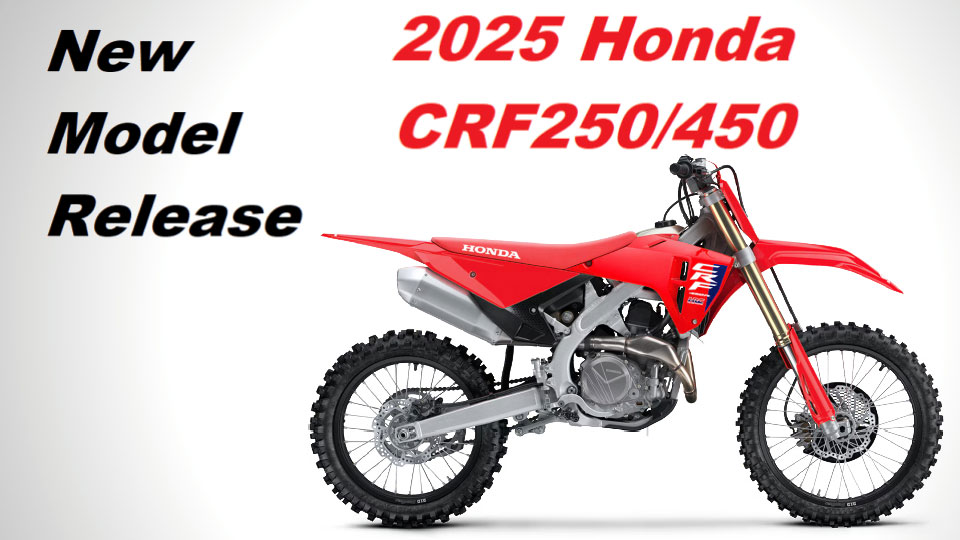
The 2025 Honda CRF250/450R/RWE are likely to be the most changed bikes of all the manufacturers for the new year coming. With basically a new fork due to several parts changes, an all-new frame, linkage and shock there isn't much carry over from 2024. We tried to keep this short, given all the changes we did not want to glaze over things in order to share everything we found, this will be a bit of a long one... Get comfy and let's get to it.
Both the 250 and 450 have a WE (works edition) model available; this is the first time there is a CRF250RWE (for Honda, other manufacturers have done this before with the smaller bike). Both the 250 and 450 models change at the same time which is more commonly done one at a time, more often than not one bike gets the changes so they can work out the bugs if needed before the opposing model gets the changes. Not this year, Honda went all in!
A softer pressure spring rate with more preload starts us off, the 2024 had a firmer rate spring that was shorter, the 2025 is a softer rate spring with more preload than before. Sound familiar? See our article about the 2025 Yamaha 450...
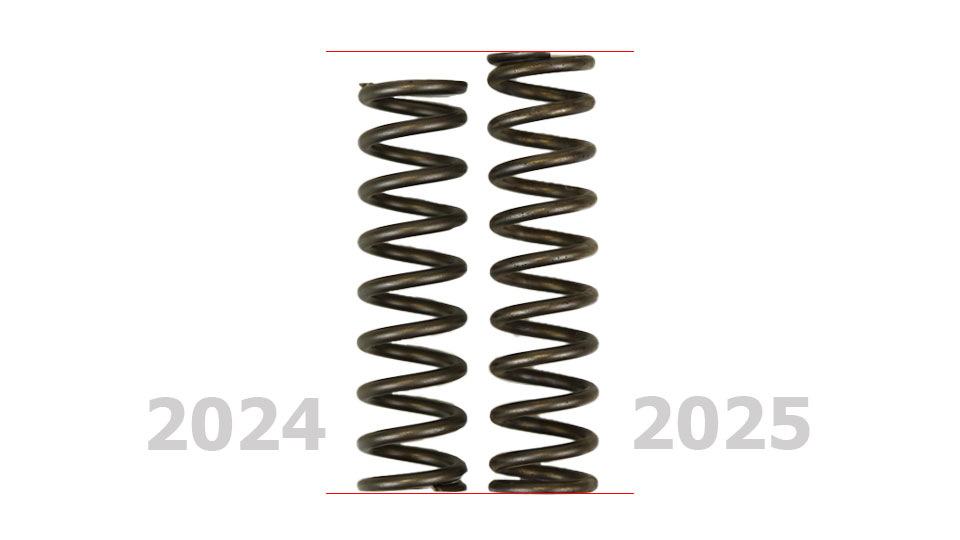
The shorter/stiffer pressure spring on the left is the 2024 version, the longer spring on the right is the softer 2025 version.
The new fork setting is very different from the previous generation. The compression adjuster now has a low-speed valve shim setting stock and a weaker c/a piston setting.
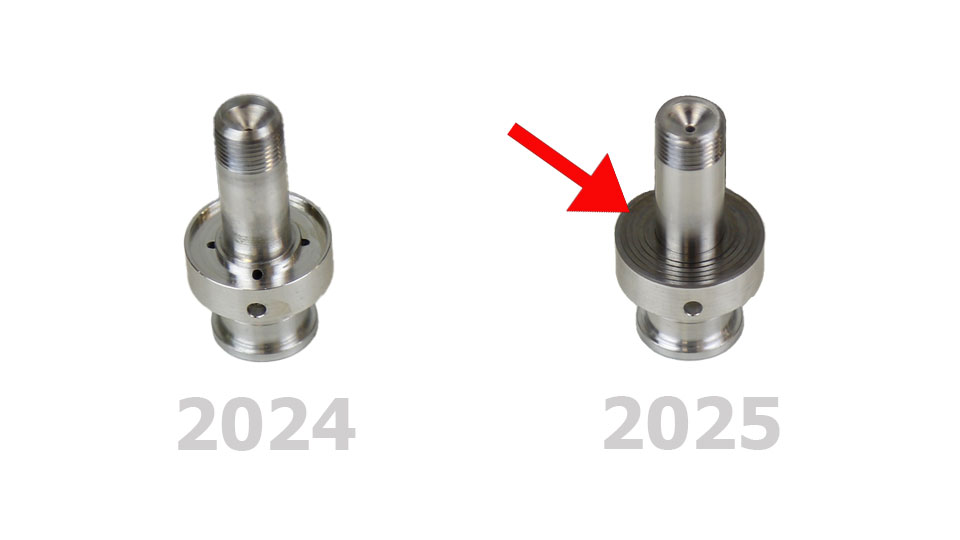
On the left is the 2024 low speed valve, you can see there are no shims on the LSV (low speed valve) circuit whereas on the right in 2025 there is a shim setting there shown by the red arrow. Some forks have a low-speed valve some don't, when it is present the tuner can choose to "bypass it" making it nonfunctional or you can put a shim setting there. The circuit does what it says it does and it affects low speed compression.
The fork main shaft setting is all new as the "cup" is no longer present but rather a rigid seat like many years ago is back.
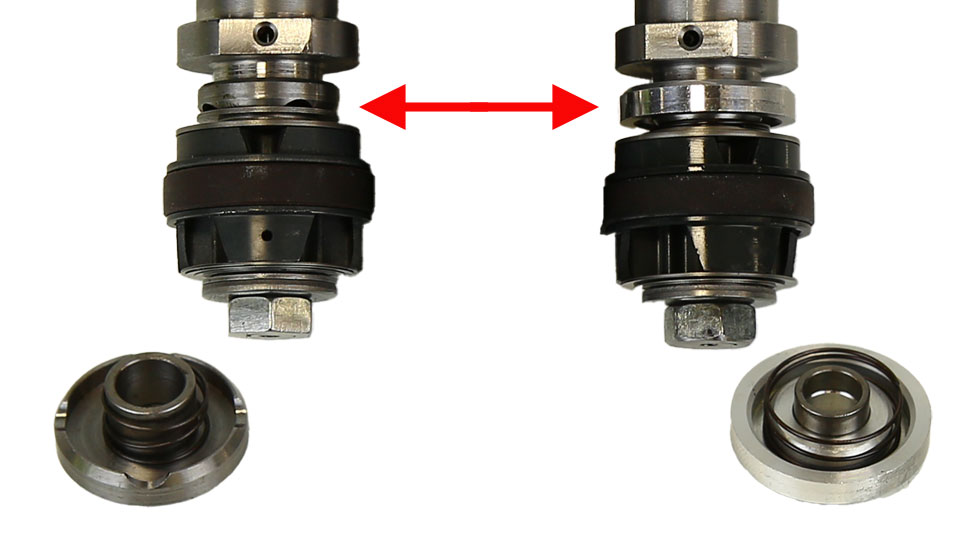
The damper rod on the left showing the "cup" is the 2024 version, on the right is the solid seat version of the 2025. The 2024 "cup" version offers very different tuning solutions compared to the rigid style 2025 seat. Suspension shops will have to generate new settings to work with the new part.
The rebound piston no longer has a drilled bleed stock which of course requires a very different shim setting to allow for the flow required.

On the left the 2024 rebound piston has a drilled bleed in the sidewall of the rebound port, in 2025 no bleed hole is present. Tuners can of course put one back in which is a very common tuning practice.
There is also a new spring seat and longer fork spring for 2025. The new spring seat has a slight change to the window profile that flows oil through it on bigger fork movements.
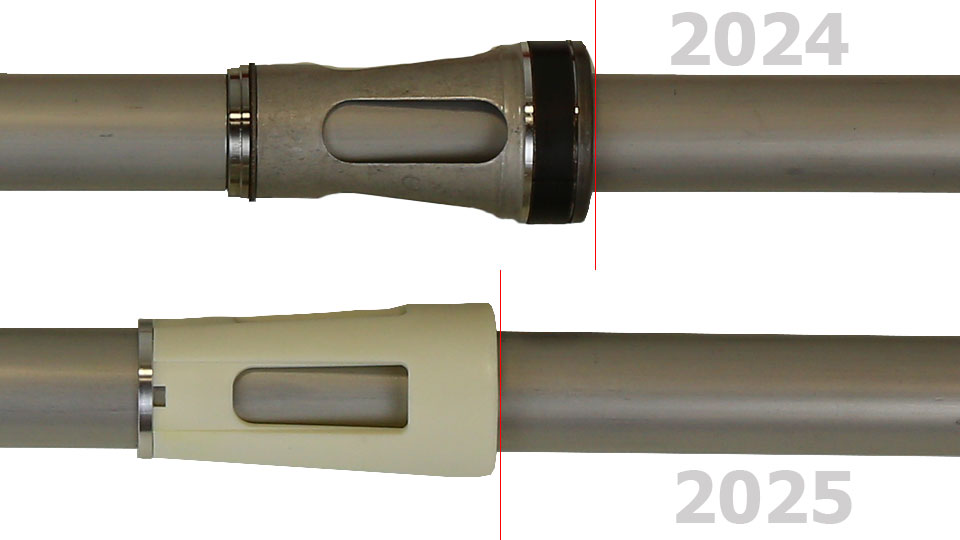
The previous generation main spring seat was aluminum with a bushing and metal seat, the new spring seat is plastic without the bushing or the metal seat. Although new for Honda this year our industry has seen plastic spring seats in use prior to this.
We aren't done yet, there is a new outer fork tube which is reported to be firmer, the upper taper starts sooner on the 2025 which means the angle is flatter and there is more material on the wall thickness up high on the tube making the bending of the tube stiffer. The lower taper starts later again leaving a thicker wall thickness in the lower triple clamp area.

Both of the tapers on the outer tube have changed, there is less flex coming from the new outer tube.
The new bike has a shorter lug and new front axle. The total height of the lug will change how much it flexes and therefore change how firm it feels to the rider.
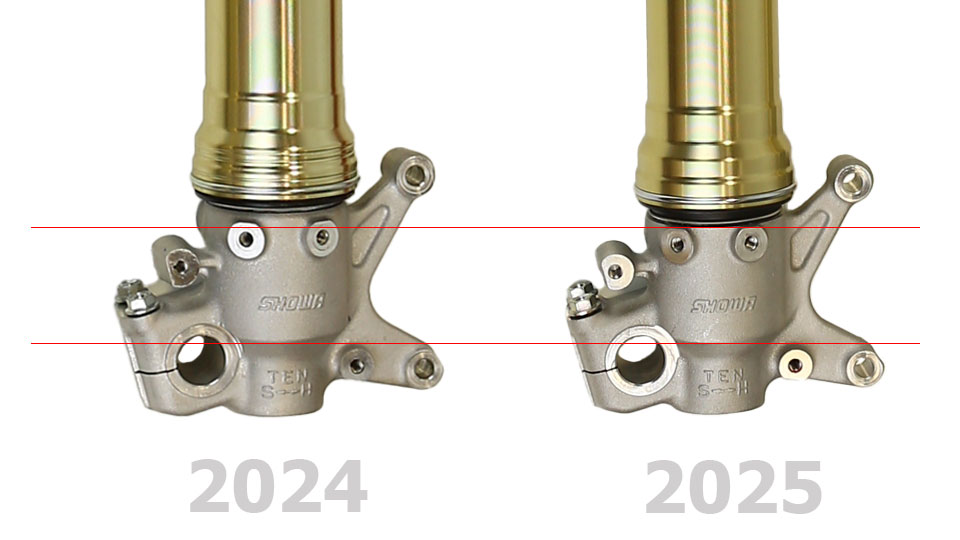
If you look closely, you will see the older 2024 model had a taller lug and shorter dust seal. The new shorter lug and longer dust seal all contribute to the overall feel of the fork.
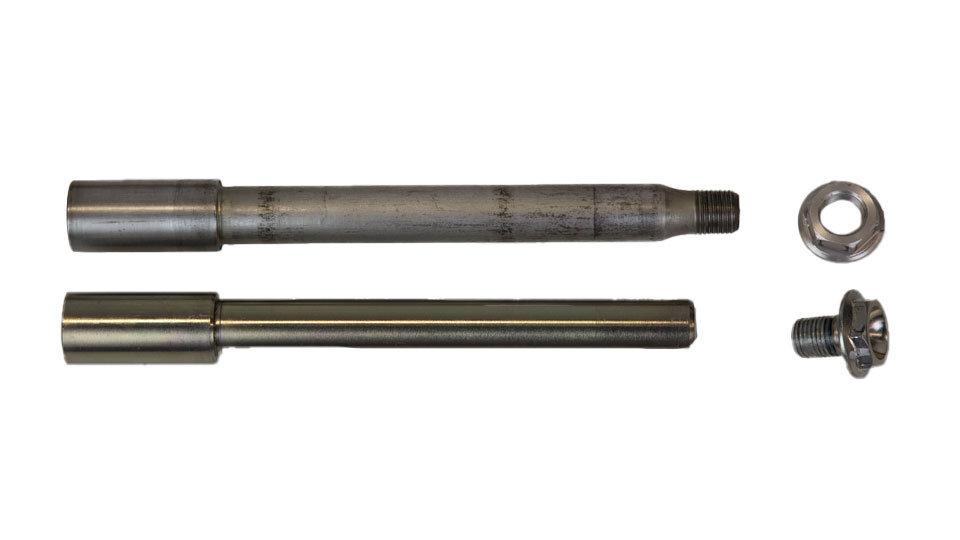
The 2024 axle shown on the top uses a nut which is common practice for most except the Austrian bikes. The new model uses a "bolt" to pull the axle through the lugs and tighten it up.
It has been said the new seals have more friction, after we pulled things apart, we found the same oil seal and a new dust seal. The new dust seal is taller and has two lips as opposed to one which would have more friction...
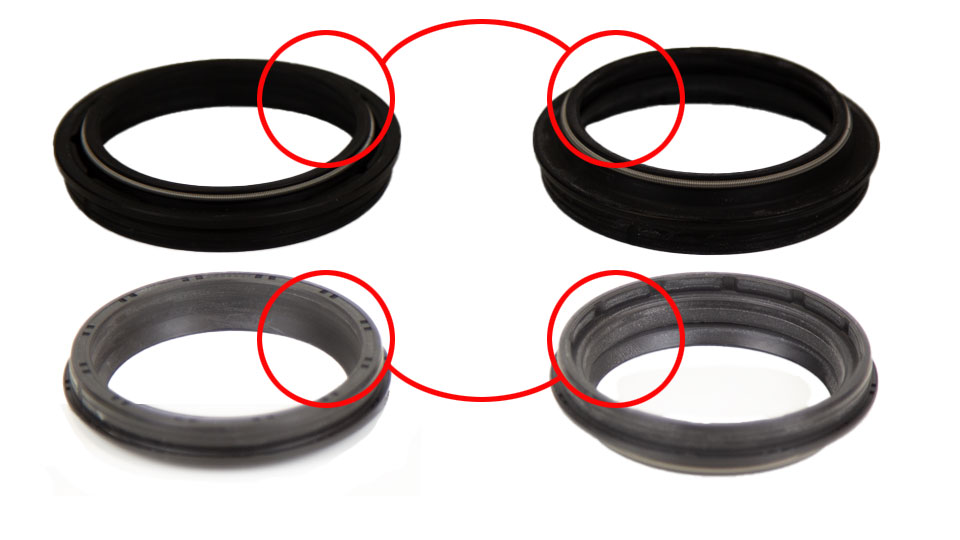
The new taller dust seal on the right has an extra lip inside which would have more friction while being more robust.
With many fork parts changing for firmer along with the frame (read on) damping forces are softer than the last several years. The WE models also get Kashima coated outer tubes, coated inner tubes and a hand operated fork compression adjuster.
70% of the parts making up the frame have been changed, all of the changed parts make the frame stiffer. The blue parts are the new firmer bits with the grey parts being the portions that were carried over from the previous generation. We saw this image in a video that Vital MX posted which you can watch here https://www.youtube.com/watch?.
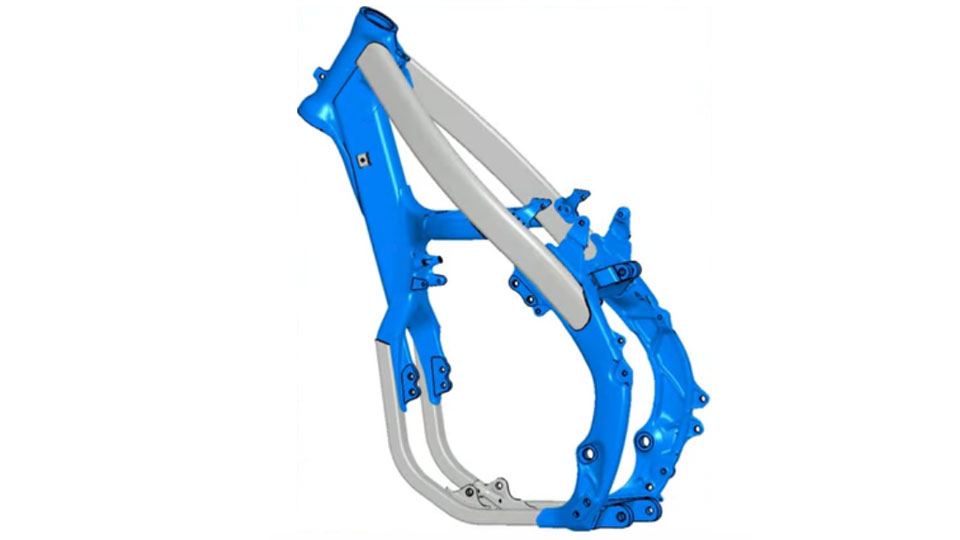
With the parts in blue on the new frame being stiffer this is a big frame change. Another change to the frame is the head tube angle was increased by 0.2 degrees.
The lower triple clamp is reported to be stiffer, we found that it was 4mm taller which would support the stiffer comment.
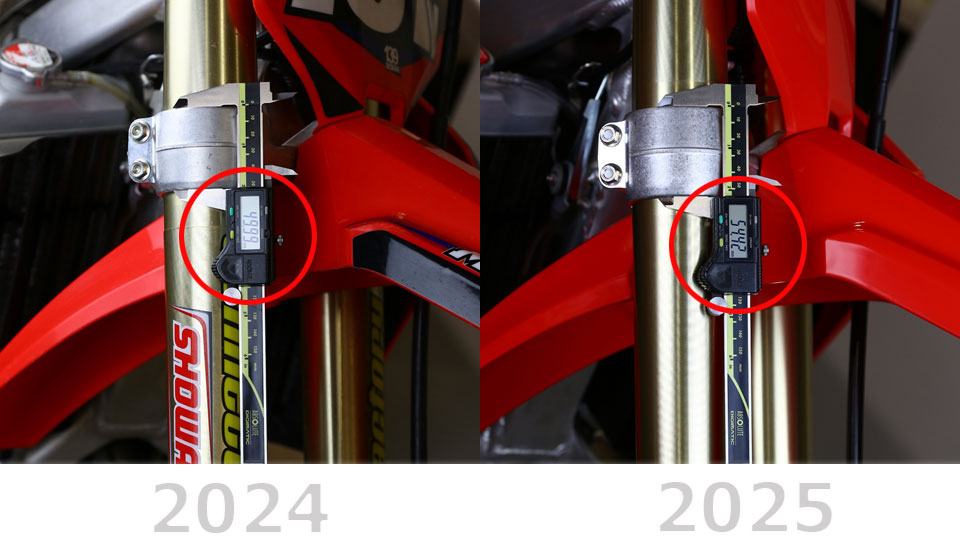
The steering stem is said to be more rigid; we did not have time available to remove them from the bikes however with everything else being reported holding water, we trust that something did happen there.
The new linkage uses a one piece pull rod now, the dimensions of the delta and pull rod have changed. Linkage ratio information will be coming in the future...
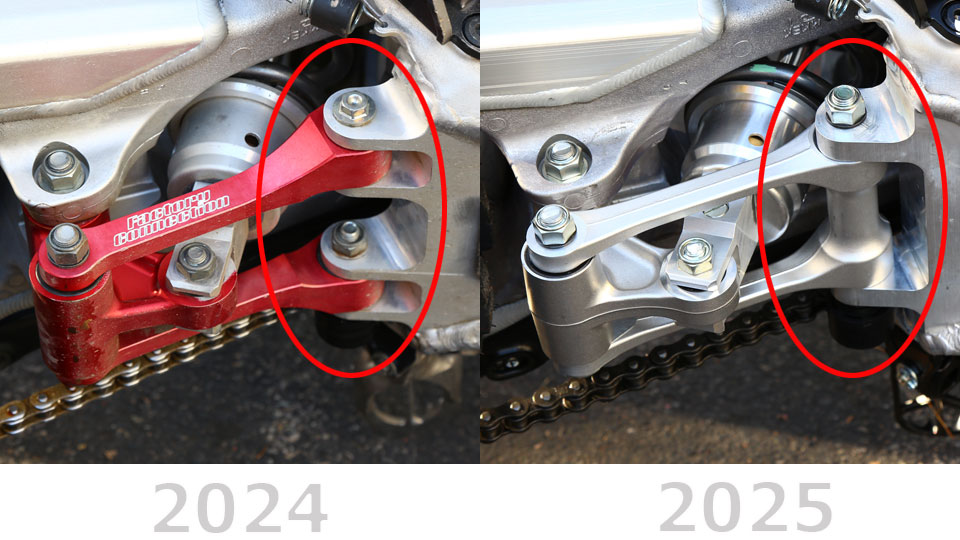
The new one piece pull rod will also offer less flex which is a clear theme for the new chassis.
The swing arm chain slider is taller, this affects suspension feel by changing something called anti-squat.
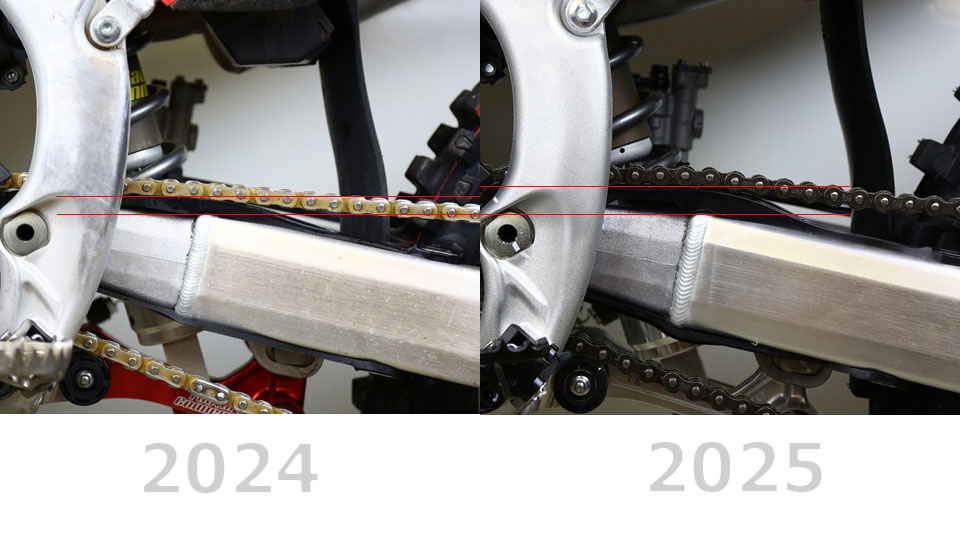
The new chain buffer is about 4mm taller, while the swing arm is extended, this has an affect on the chain pull line which in turn changes how the anti-squat works.
The subframe mounting points are new, there are new tabs on the frame for this which helps lateral rigidity and is said to reduce pitching. By having additional tabs on the frame with bolts tying things together you can visualize how this would make for a firmer feeling frame.
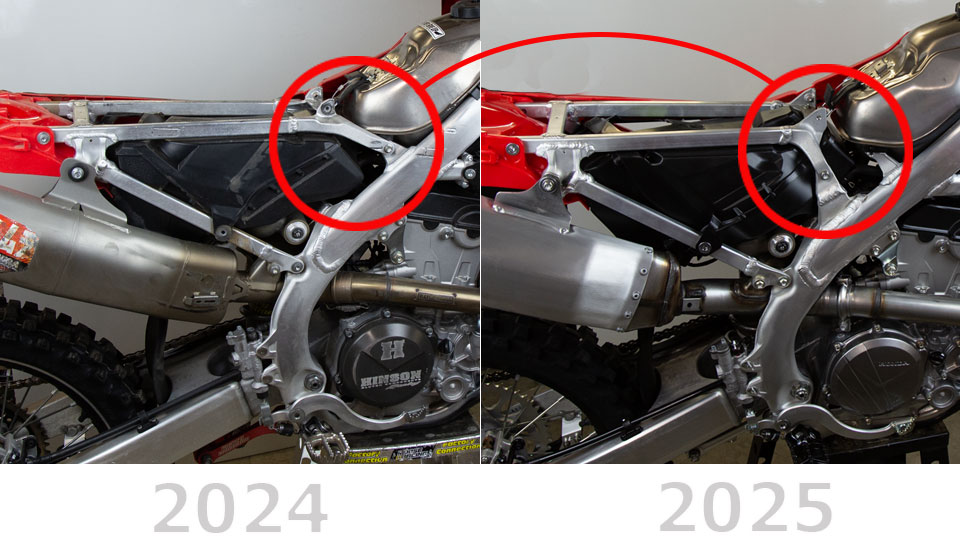
You can see the new upper subframe mount tabs that have been added in-between the fuel tank mount and the lower subframe bolt. They are pretty big and would offer a firmer frame solution.
There is a new shock body due to an air box change, the new air box takes up a different amount of space above the shock which required moving the reservoir lower on the shock body.
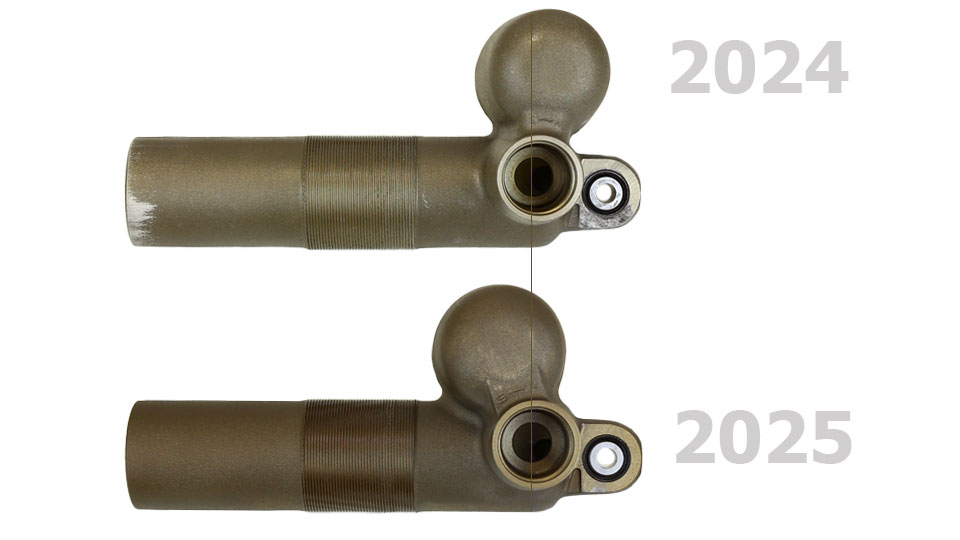
The 2025 shock body has a new shape to allow for the new airbox. The "hammer head" bladder area has been shifted downward to make room.
A new shock shaft was reported however when we disassembled things we did not find anything other than the machining change to the clevis. Shaft lengths and needles appeared to all be the same.
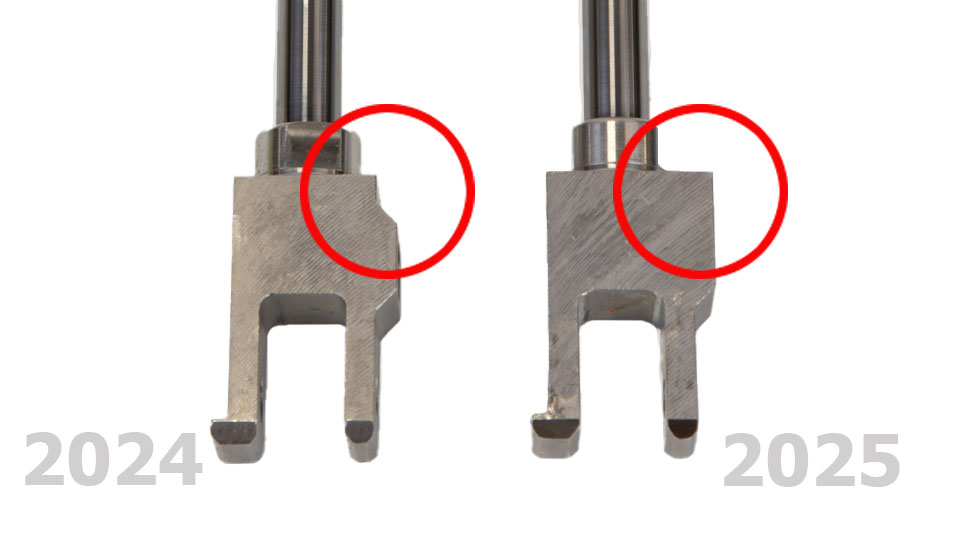
The 2025 has a slightly "wider" bump cup base to seat on.
There is a new oil seal which is either very similar or exactly like the two-piece seals of years gone by.

The new two-piece shock seal uses an inner support for the rubber.
There is a new bladder, well this looks very much like an older bladder we have seen in the past. This is not likely something you will feel as a tuning change as the change in shape is small.
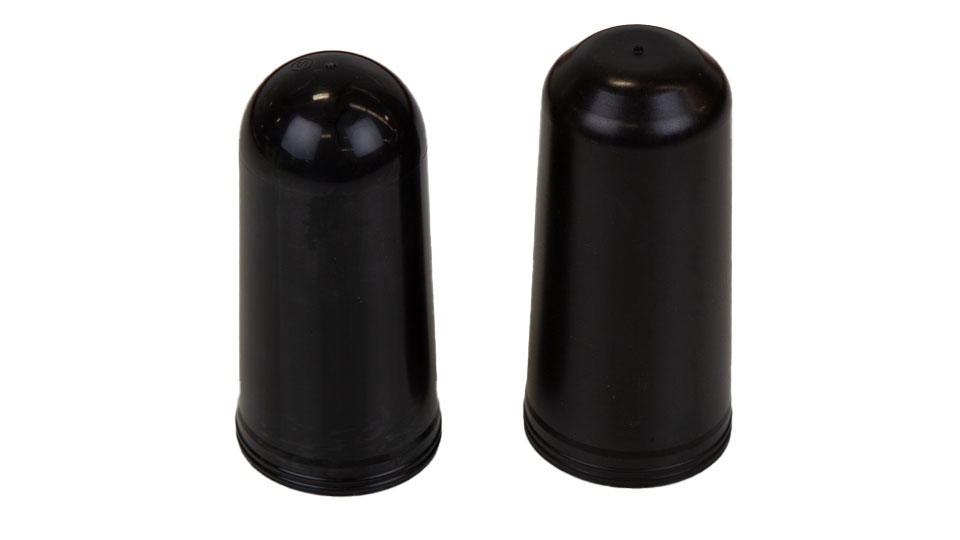
The 2024 bikes had a rounded dome shape to the end of the shock bladder, the 2025 now has a taper shape.
There are new shock settings for both the 250 and 450, the 450 shock is slightly firmer and slightly faster than the 250 setting. The WE models get an 18mm diameter shock shafts that are coated.
WOW! That is a ton of change for a new model and so far feedback is very positive. Honda went all in changing both models in one model year change and it seems to be paying off. New forks, a new frame and some change to the shock to make it all come together. 2025 looks like it is going to be a good year for the red bikes. Our testing so far is all positive, the bikes react well to setting changes and everything about tuning the new 2025 models just seems to come simply easier. Sometimes change is good...